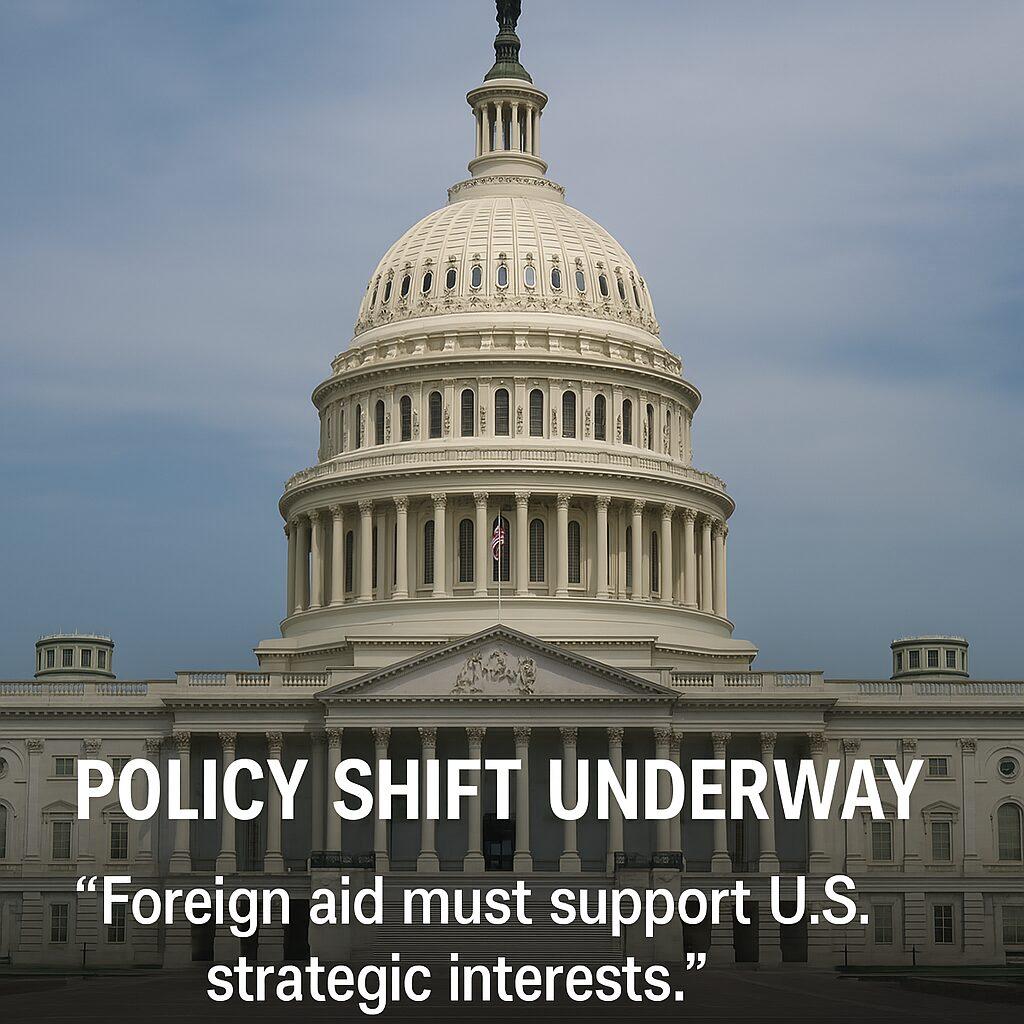SAFETY concerns are accompanying a rising number of oil-laden freight trains throughout various cities in America, and a Reuters report shows that taxpayers in certain areas are financing the expansion of oil rail transportation.
The news agency analysis found that a total of $84.2 million from 10 federal and state grants has been approved or is pending approval to increase the quantity of rail cars transporting crude oil across the United States.
Among states contributing to these railroads include New York, Ohio, Oklahoma, Oregon and Pennsylvania, all of which have also experienced record profits.
Every year, the railroad industry invests $24 billion on infrastructure, and the $84.2 million is only a percentage of public funds that are invested on an annual basis.
Even with heavy public investment into the expansion of oil-trains, safety remains a huge issue for communities that say they are not well prepared for potential disasters.
Oil trains use the same tracks used by other freight and passenger trains, and some emergency responders have said they don’t know how to track these railcars or quickly address any accidents that may happen.
At least 10 large oil-train derailments have occurred since 2008 in Canada and the United States. One of these happened in Quebec in 2013 and resulted in 47 deaths.
In January, six railcars traveling in Philadelphia derailed on the Schuylkill Arsenal Railroad Bridge.
“It spooked a lot of people in Philadelphia, and really raised the profile of the issue of crude by rail, an issue most people don’t think about,” said Matt Walker, a director with the local Clean Air Council, according to Reuters.
Dan McCoy, county executive in Albany, New York, told Reuters that towns continue to experience a growth of trains in their communities, along with risks but no financial gain.
“I am not seeing any increases in tax revenue, but I am seeing an increase in the cost of emergency services,” he told the news agency.
Those in the industry and officials, however, say that additional funding allows for safety enhancements and boosts economies in certain places.
“Local communities benefit from increased capacity,” said CSX Railroad spokesman Rob Doolittle, according to Reuters.
In 2013, CSX received $2 million to build another 3.6-mile rail line south of Albany. Doolittle said this will reduce the number of of crossings blocked and trains idling in the area.
The company Global Partners received $8.9 million after lobbying county and state officials in Oregon. Funds were used to enhance the Portland and Western Railroad, which led to a rise in the number of oil-trains to the company’s private hub in Oregon.
Oklahoma was awarded two federal grants in the last three years totaling $8.6 million. Monies were invested into a regional rail operator to transport crude oil out of a state basin via train.
“We see these grants as improving public safety, much like you spend money on improving a highway,” Garey Ridley, head of Oklahoma’s transportation agency, told Reuters.
(With reports from Reuters)
(www.asianjournal.com)
(LA Weekend December 20-23, 2014 Sec. A pg.9)




